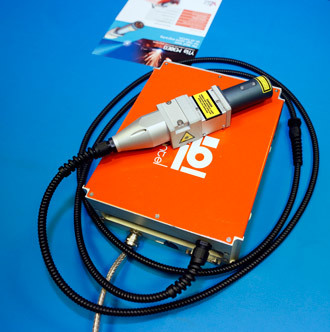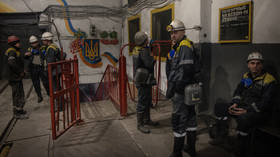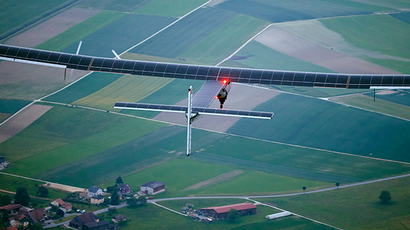‘Laser milestone’: Polariton beam, using 250 times less power, could revolutionize electronics

Scientists at the University of Michigan have demonstrated a new way of making high-powered laser-like beams which require very little energy. The new beam could revolutionize popular electronics.
The prototype laser, which runs on electrical current and not light, requires 250 times less electricity to operate than its conventional counterpart made of the same material.
"This is big," said Pallab Bhattacharya, the Charles M. Vest Distinguished University Professor of Electrical Engineering and Computer Science and the James R. Mellor Professor of Engineering at U-M.
"For the past 50 years, we have relied on lasers to make coherent light and now we have something else based on a totally new principle."
A press release from the university says the new laser relies on “precarious particles” called polaritons which “straddle the world of light and matter”.
A polariton is part light and part matter. Polariton lasers harness these particles to emit light, and can even be operated at room temperature, unlike traditional lasers, which function at below zero degrees Celsius.

"It represents a milestone like none the field has seen since the invention of the most common type of laser – the semiconductor diode – in the early 1960s," the researchers say.
Of course, this new system certainly isn't the first electrically-fueled laser. Technically speaking, it isn’t a laser.
Laser was initially an acronym for Light Amplification by Stimulated Emission of Radiation. But polariton lasers do not stimulate radiation emission, rather, they stimulate scattering of polaritons.
In conventional lasers, semiconductor diodes convert electricity into coherent light by charging a material known as a gain medium, which is designed to amplify the signal. Once the light or current hits them, the electrons absorb that energy and move to a higher-energy state. Eventually, the device achieves a “population inversion,” meaning there are more high-energy electrons than low-energy electrons. At this point, any additional light or current that enters has the opposite effect on the excited electrons by forcing them down to the ground state and releasing pent-up light in the process.

This requires a lot of initial energy to excite electrons and then ground them.
Polariton lasers are not driven by these population inversions, and therefore don’t need a lot of initial energy. Bhattacharya and his team managed to combine the right material – the hard, transparent semiconductor gallium nitride – with the right design to maintain the controlled circumstances that encourage polaritons to form and then emit light.
"The threshold current can be very small, which is an extremely attractive feature," Bhattacharya said.
The beam they demonstrated incidentally was ultraviolet and required relatively next to nothing in terms of power – less than a millionth of a watt. A laser pen usually requires less than 1 mWatt, or one thousandth of a watt.
Researchers believe the lower cost beams could one day be used to replace wire connections in computers, leading to smaller and more powerful electronics. They could also have applications in medicine.
“We’re thrilled,” said Thomas Frost, a doctoral student in electrical and computer engineering. “This is the first really practical polariton laser that could be used on chip for real applications.”
The paper, "Room Temperature Electrically Injected Polariton Laser," will be published online in Physical Review Letters on June 10.















